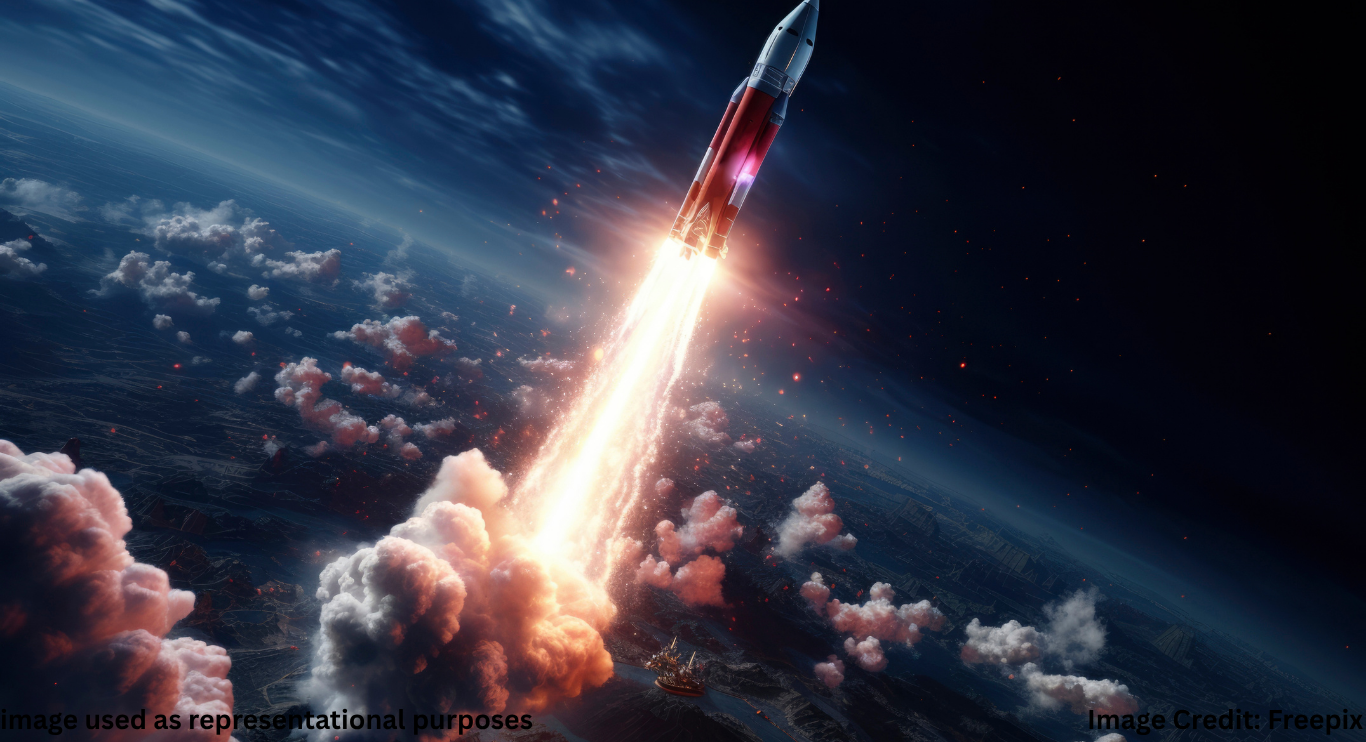
This Was Supposed to Be the Year China Started Catching Up With SpaceX
China Catching Up With SpaceX, At the dawn of 2025, all signs pointed to a breakthrough moment for China’s space ambitions. With an ambitious slate of rocket launches, satellite deployments, and lunar projects lined up, many expected this to be the year that China closed the widening gap with Elon Musk’s SpaceX. But instead of liftoff, 2025 has so far become a year of faltered momentum for China’s space program.
China’s Space Goals: Bold and Strategic
The Chinese Communist Party has never hidden its intentions to make China a dominant player in space. Through agencies like the China National Space Administration (CNSA) and the China Aerospace Science and Technology Corporation (CASC), the country has consistently pushed an ambitious agenda. Its goals include lunar mining, satellite internet services, reusable rockets, and even a Mars mission timeline to rival the U.S.
Over the past few years, China has built a formidable infrastructure—launch pads in Hainan, space labs in orbit, and moon rovers on the far side of the moon. It had planned to launch over 100 rockets in 2025, a goal that would have surpassed its 2023 record and matched SpaceX’s expected cadence.
Stumbling Out of the Gate: Delays and Failures
However, 2025 hasn’t gone according to script. Early in the year, multiple launch delays plagued the schedule. The highly anticipated debut of the Long March 10, China’s next-generation crewed rocket, has been pushed repeatedly due to technical flaws. Meanwhile, its reusable rocket initiatives—meant to compete directly with SpaceX’s Falcon 9—have yet to pass key orbital tests.
One particularly embarrassing episode came in May, when a satellite meant to demonstrate high-speed data transfer for China’s planned internet constellation failed shortly after launch. It was seen as a crucial test for matching SpaceX’s Starlink system, and its failure symbolized a deeper technical gap still unclosed.
SpaceX: Unmatched Momentum
While China has sputtered, SpaceX has soared. In the first half of 2025 alone, the U.S. private space giant has completed over 60 launches, many of them using Falcon 9 boosters that have been reused more than 10 times. Starship—its fully reusable launch system—has already performed multiple orbital tests, and NASA has confirmed Starship will deliver components for the Artemis moon missions by 2026.
SpaceX is also monetizing its technology faster. Starlink now has over 3 million subscribers globally, including limited access in Africa and South America. China, by contrast, is still building and testing its satellite constellation.
The Problem With China’s Centralized Approach
Many experts believe that China’s top-down, state-controlled space efforts may be slowing it down. Unlike SpaceX, which iterates rapidly through commercial incentives and innovation competition, CASC and CNSA follow rigid, risk-averse timelines set by the central government.
“There’s incredible ambition, but not enough structural flexibility,” said one anonymous former CNSA engineer. “Innovation doesn’t thrive when failures are punished politically.”
Beijing’s hesitancy to involve private space companies has also limited growth. Only in the past three years has China begun funding startups like iSpace and LandSpace, but even these firms face bureaucratic red tape and funding gaps that their U.S. and Indian counterparts do not.
Bright Spots: Lunar Projects and Tiangong
Despite the setbacks, China hasn’t lost all ground. The Tiangong space station remains fully operational and has hosted several successful crew rotations this year. China also continues to lead in robotic lunar missions. The Chang’e 6 mission returned samples from the far side of the moon in early 2025, a feat that even NASA has yet to accomplish.
These successes show that while China lags in launch efficiency and reusability, it can still punch above its weight in certain strategic areas.
Global Implications of the Space Race
What happens in space increasingly affects life on Earth—military surveillance, climate tracking, global internet access, and even economic growth are all now space-dependent. As such, the widening technological divide between SpaceX and its rivals is more than just a numbers game.
Should China fail to match SpaceX’s pace, it could find itself dependent on foreign space infrastructure, a vulnerability Beijing has long sought to avoid. This may explain why recent government documents urge a “whole-of-nation” effort to ramp up private investment and risk tolerance in aerospace ventures.
Can China Regain Momentum?
The second half of 2025 may still hold surprises. Several key launches—including the debut of a reusable version of the Long March 8 and expanded operations at the Wenchang launch center—are expected by December. If successful, they could partially restore China’s momentum.
But even if these efforts succeed, the underlying structural gap remains. Until China decentralizes innovation, supports private spaceflight more fully, and tolerates greater experimentation, SpaceX will likely maintain its lead.
Conclusion: The Race Isn’t Over, But the Clock Is Ticking
China’s dream of catching up to SpaceX was never a short-term endeavor, but 2025 was supposed to mark a turning point. Instead, it’s become a cautionary tale of how even the best-laid state plans can falter in the face of rapid private innovation.
The good news for China is that space is a long game. The bad news? SpaceX is playing faster than anyone else.

Akalumhe Jefferson is a content writer with a new found interest for crafting engaging stories that transport readers to new worlds. Although no current actual background in creative writing but there’s active love for writing



